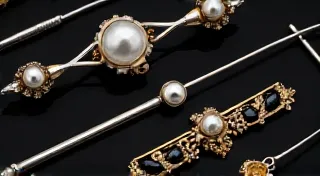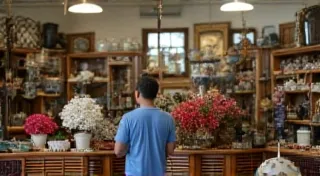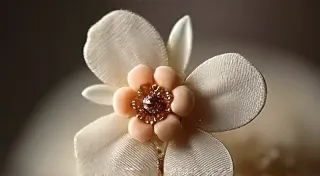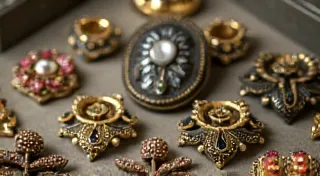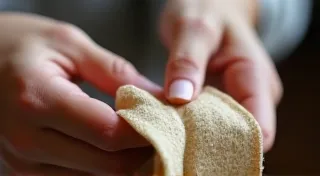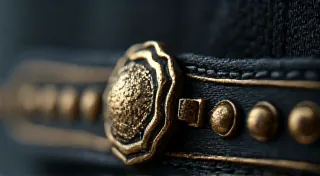Popular Hat Pin Designs: Flowers, Animals, and Figurines
Antique hat pins offer a fascinating glimpse into the fashion and aesthetics of the late Victorian and Edwardian eras (roughly 1880s - 1920s). Beyond simply keeping a hat in place, these ornate accessories served as expressions of personal style, status, and even subtle storytelling. A significant portion of the beauty and collectibility of hat pins lies in their diverse designs. While countless variations exist, certain motifs consistently emerged as popular choices, including flowers, animals, and miniature figurines. Let's explore these captivating designs in more detail.
Floral Motifs: A Symbolic Language
Flowers were exceptionally popular choices for hat pin designs. The Victorians placed enormous importance on the symbolism of flowers, and hat pins were no exception. Each blossom conveyed a specific meaning, allowing the wearer to communicate messages without uttering a word. The choice of flower was deliberate, a silent conversation understood by those in the know. Knowing the language of flowers, known as floriography, was almost as important as knowing social etiquette. The materials used also played a role; a delicate enamel rose, for instance, offered a different feel and aesthetic than a carved jet rose – a material frequently employed for mourning hat pins during the era.
- Roses: Representing love, beauty, and passion. Different colors carried nuanced meanings, with red symbolizing deep love and white denoting purity.
- Lilies: Associated with innocence, purity, and rebirth.
- Forget-Me-Nots: Symbolizing remembrance and enduring love.
- Sweet Peas: Represented bliss and delicate pleasure.
- Lotus Flowers: Associated with nobility and spiritual awakening.
These weren't just simplistic representations. Floral hat pins could feature intricately detailed petals, delicate shading, and even tiny dewdrop-like accents, showcasing the skill of the artisan. The complexity often reflected the status of the wearer – a particularly elaborate floral hat pin could be a signal of wealth and refinement.
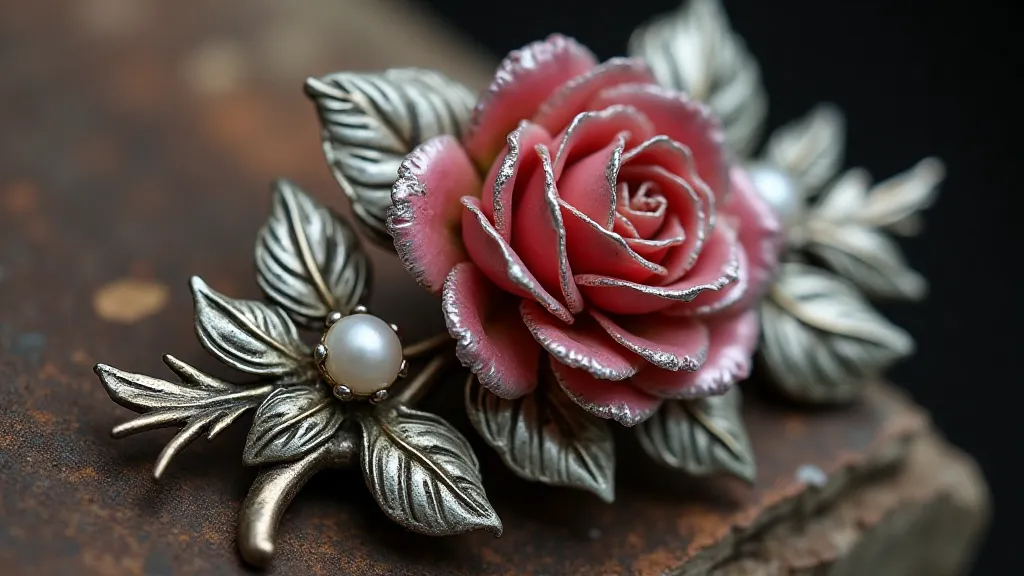
Animal Kingdom: Grace, Strength, and Charm
Animals offered another rich source of inspiration for hat pin designers. The symbolism attached to different creatures was often based on their perceived characteristics – strength, grace, beauty, or cunning. The materials used, like silver or gold, enhanced the imagery, creating miniature works of art that were attached to hats. For example, a silver fox, with its reputation for intelligence and slyness, conveyed a very different message than a gold hummingbird, symbolizing joy and swiftness. Understanding these subtle distinctions was crucial to navigating Victorian social interactions.
- Birds: Often symbolized freedom, hope, and good fortune. Doves, robins, and owls were common choices.
- Butterflies: Represented transformation, beauty, and joy.
- Cats: Associated with independence, mystery, and elegance.
- Dogs: Typically represented loyalty and companionship.
- Horses: Symbolized strength, nobility, and grace.
Animal hat pins frequently incorporated elements of realism, with careful attention paid to capturing the animal’s posture and expression. The materials used often enhanced the effect – a silver fox or a gold hummingbird, for example. The rising popularity of the Art Deco movement in the 1920s also began to influence design, though traditional animal motifs remained popular. However, by the late 1920s, simpler, more geometric designs began to appear – showcasing a shift in aesthetic preferences and a move away from the elaborate Victorian styles. Those interested in the evolution of hat pin design might enjoy learning about Art Deco era hat pins.
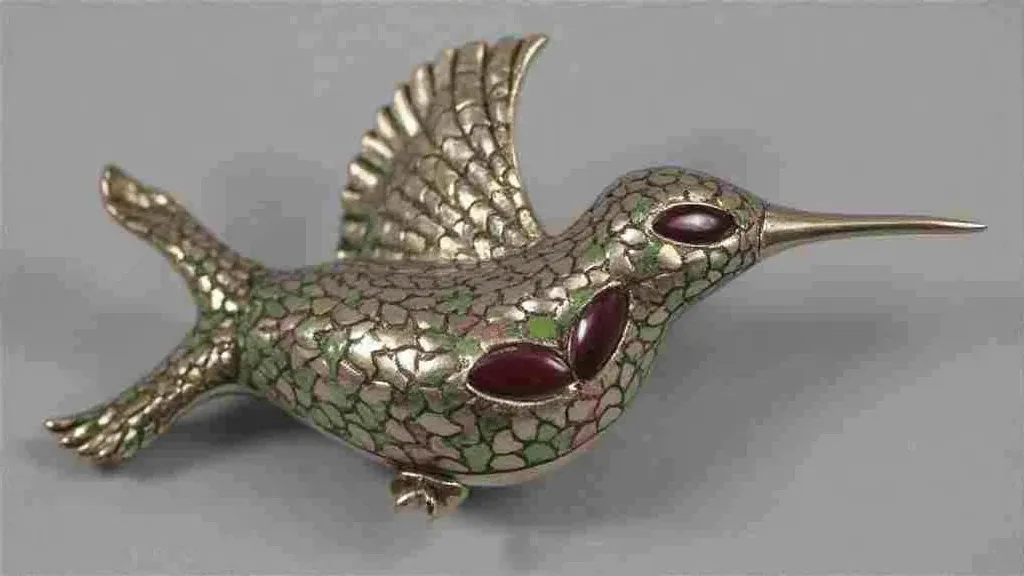
Figurines: Miniature Worlds on a Pin
Beyond natural motifs, hat pins also frequently featured miniature figurines. These could depict a wide range of subjects, from historical figures and literary characters to dancers, children, and even comical scenes. The level of detail was astonishing, reflecting the incredible skill of the artisans who crafted them. They represented not just fashion accessories but portable narratives – miniature stories pinned to hats. The materials employed – porcelain, enamel, gemstones – added to the allure and value of these tiny works of art.
- Dancers: Represented grace, movement, and artistry.
- Children: Often conveyed innocence, joy, and nostalgia.
- Historical Figures: Demonstrated an appreciation for history and culture.
- Comical Scenes: Added a touch of whimsy and entertainment.
These figurines were often incredibly intricate, showcasing the artist’s skill in capturing minute details and conveying emotion. Collectors often become quite knowledgeable about specific artists or studios known for producing high-quality figurines, appreciating the nuances of their style and techniques. Understanding the materials used – the type of porcelain, the enamel techniques – is also key to authenticating and valuing these pieces. The variety of metals used, and the methods of working them, further complicated the design and construction of these delicate pieces. Those wanting to learn more about the various materials used should check out materials used in antique hat pins.
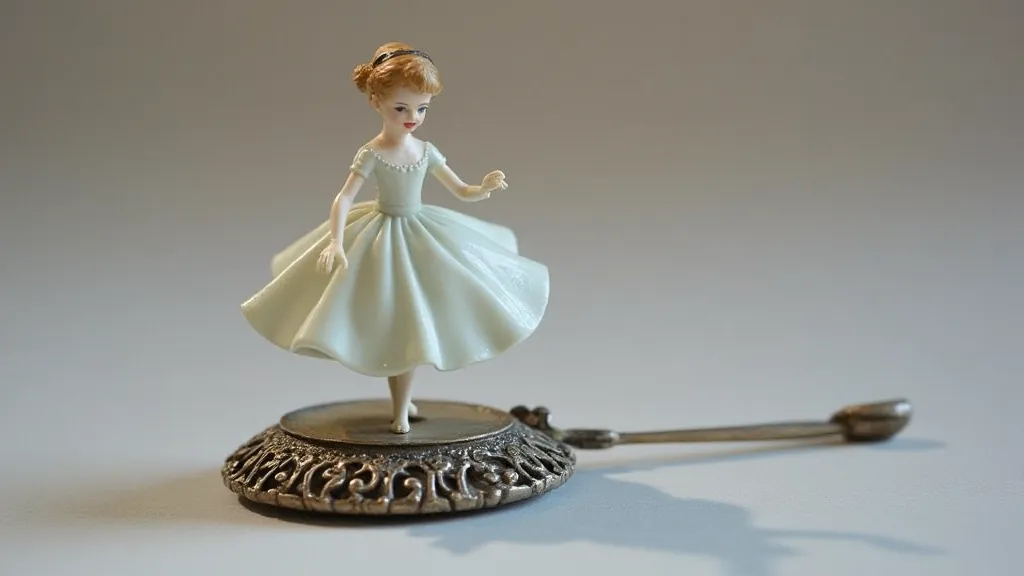
The Construction and Significance of Victorian Hat Pins
The creation of a Victorian hat pin was a complex process, often involving multiple artisans – a jeweler to craft the metalwork, a sculptor to create the figurine or motif, and an enamelist or porcelain painter to add color and detail. The cost of these pins reflected the labor and materials involved, making them valuable possessions and status symbols. The length of the pins themselves also varied, sometimes extending to impressive lengths of 12 inches or more, requiring a sturdy hat to hold them in place. These longer pins also served a practical purpose – they were designed to deter unwanted advances from gentlemen, offering a subtle but effective form of self-defense.
Collecting and Appreciation
The variety of designs found on antique hat pins is truly astonishing. By understanding the symbolism and historical context behind these captivating accessories, collectors and enthusiasts can gain a deeper appreciation for their beauty and significance. It’s important to note that many antique hat pins have undergone repairs or restorations over the years, which can impact their value and authenticity. Learning to identify these signs of repair is an essential skill for any serious collector. You can find helpful resources on recognizing repaired or restored antique hat pins.
Whether you're drawn to the elegance of floral designs, the charm of animal figures, or the intricacy of miniature figurines, there’s a hat pin out there to captivate your imagination. The world of antique hat pins offers a window into a fascinating era, revealing much about the fashion, customs, and artistry of the late Victorian and Edwardian periods. It’s a world of subtle messages, exquisite craftsmanship, and enduring beauty. These aren't just beautiful objects; they’re tiny time capsules, whispering stories of a bygone era.
